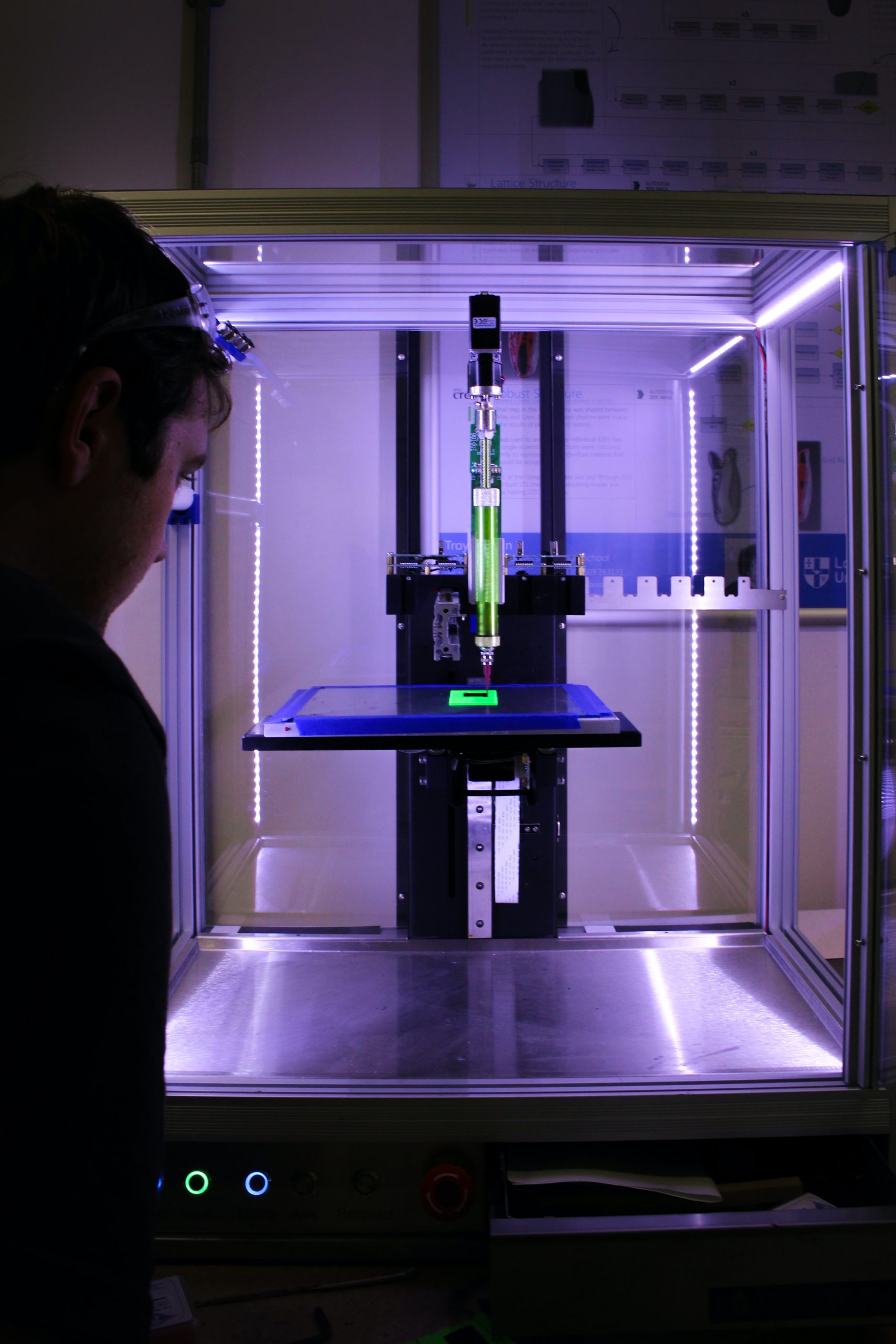Academic profile and selectiveness
Academic profile
In America, each university has its own identity and academic focus. For example, one university may be known for providing good research opportunities for undergraduate students, while another focuses on providing small-scale education, and another yet may have more facilities.
Because there are so many options and types of programs, it is good to first think about and list the factors that are important to you. Once you have a good idea of what you are looking for, you can then search more specifically for universities that fit your needs.
In determining the academic profile you are looking for, you can consider the factors below. Keep in what is important to you personally; not everyone is looking for the same thing and values the same factors equally.


- Subject areas
You won’t choose a specialization yet in the first two years of your bachelor’s program, but it’s wise to already see what subject areas the university offers. Or perhaps you are interested in a specialist school, which is more focused on technical programs or programs in the arts such as colleges of music, design schools or film programs. In the latter case, you can do a more targeted search on technical universities or art schools. This gives you the opportunity to specialize in your field earlier.
- Student-to-faculty ratio
In America, you can find both large state universities and very small-scale private colleges. The size of the university, in turn, affects the organization of education. The student-to-faculty ratio indicates the ratio of the number of students to the number of teachers and professors. Suppose the student to faculty ratio is 1:20 — this means there is 1 teacher for every 20 students. The smaller the ratio, the more teaching staff a university employs, and the smaller-scale and more personalized the education is. If this is an important factor for you, you may want to consider the student-to-faculty ratio in your orientation to universities.
- Practical experience
Think it is important to get hands-on experience while you are studying? Internships are usually not a regular part of the US curriculum, but many students do gain practical experience during the summer months. As an international student, you can also get permission to do internships, such as through Curricular Practical Training (CPT) during the summer months or Optional Practical Training (OPT) after completing your studies.
Sometimes you can take advantage of the connections a university has with certain companies in and also outside the region. Furthermore, some regions have many companies within a certain industry (for instance, Silicon Valley). This is another factor to consider in your search for universities. It might be helpful to see if a university has connections with companies in your desired field or if, for example, mentorship programs and hands-on workshops are offered to students.
- Research facilities
Research facilities can vary considerably from one university to another. There are institutions that focus primarily on teaching, but there are also those that focus primarily on research (often these are the larger research universities). Want to gain early experience in research? Then you can look for universities with research opportunities for undergraduate students. Keep in mind, however, that doing research at the undergraduate level is not common.
- Honors programs and extracurricular activities
Also look at further development opportunities the university offers you, such as honors programs or other opportunities to further develop your other talents in conjunction with your studies. For instance, if you like music, you can see if there is a music department where you can take further classes.
- Studying abroad
Would you like to gain more experience abroad during your undergraduate studies? Then you can look at the exchange program offerings. Many American universities have a study abroad office where you can learn more about their study abroad opportunities.
Admissions requirements and selectivity
Admission requirements vary by college or university. Each institution sets its own criteria for grades, test scores and your profile. In addition, the emphasis on the criteria may also vary among institutions; for example, one university places more value on your GPA and test scores, while another university pays more attention to your personal development to date and your future goals.
Universities have holistic admissions policies, which means they rarely look only at grades and test scores. Many universities will ask whether you will be academically and socially successful on campus. Do they get the impression from your application that you are motivated and will take advantage of the various academic and social opportunities the campus offers? Will you contribute to the diversity of the campus by bringing a different background or perspective, for example? These are questions that a university might ask themselves when reviewing your application.
Furthermore, admission requirements may vary by type of program. For example, do you want to study at a college of engineering? Then you may face different admission requirements than students applying for a liberal arts program at the same unversity. Colleges of art, music and design also often have specific admission requirements. Oftentimes, you must prepare a portfolio or be able to demonstrate certain experience in order to be admitted to the program.
How do you research college admission requirements?
Admission requirements vary widely among universities. At most universities, you can see on the website what requirements a prospective student must meet. For example, you can search the “freshman student profile” to get an overview of the grade point averages (GPAs) and test scores of admitted students. It is important to study this profile and use it to realistically assess your own chances of admission.
Below is an overview of academic criteria that universities generally set. Remember that American universities have holistic admissions policies: in addition to your academic performance, they look beyond that to who you are and what your future goals are. Academic criteria can give an indication of your chances of admission, but they are not entirely decisive when it comes to your admission. Your motivation, hobbies and interests social commitment, and personality also play a role in convincing the university.
American universities may set the following academic criteria.

- Prior education and academic profile
Most universities allow you to apply with a VWO/gymnasium, HAVO or MBO-4 diploma. However, the more selective universities sometimes require that you have a VWO or gymnasium diploma. You can often find the requirements for your previous education on the university’s website.
- Grade point average
Universities look at your grade point average (GPA) when you apply, and also at the development of your grades during your high school years. Sometimes a university sets requirements for your grade point average and you must have achieved a minimum GPA for admission, for example.
- English language test scores
Most universities set requirements for minimum scores on the English language test. This is because a university wants to be sure that you have a good enough command of English to study at the academic level.
- Scores on admission tests such as SAT or ACT
Because American education does not have a high school exit or final exam like in the Netherlands, American students take an entrance test when they apply to university. Although these tests are being asked for less often nowadays, the score on this test still plays a role in admission at some universities. As an international student, you can also take this test. Learn more about admission tests in Step 3, Prepare your Application.


